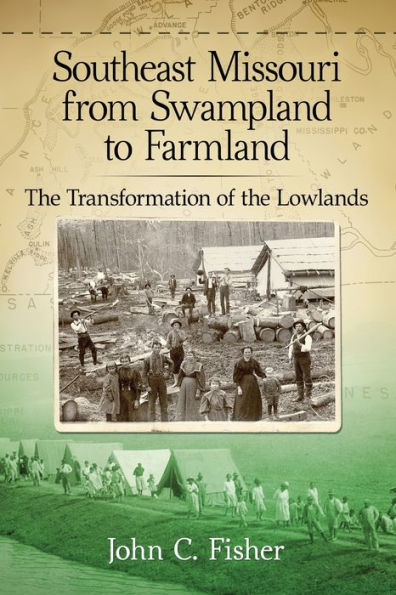5
1

Southeast Missouri from Swampland to Farmland: The Transformation of the Lowlands
260
Southeast Missouri from Swampland to Farmland: The Transformation of the Lowlands
260
29.95
In Stock

Product Details
| ISBN-13: | 9780786479955 |
|---|---|
| Publisher: | McFarland & Company, Incorporated Publishers |
| Publication date: | 05/08/2017 |
| Pages: | 260 |
| Sales rank: | 212,214 |
| Product dimensions: | 6.00(w) x 9.00(h) x 0.52(d) |
| Age Range: | 18 Years |
About the Author
From the B&N Reads Blog
